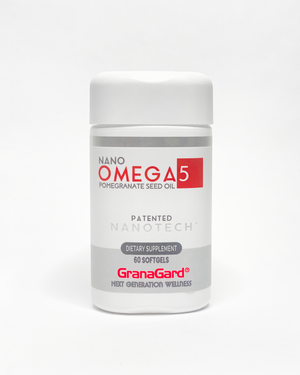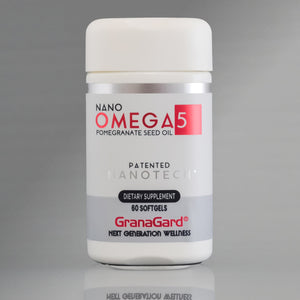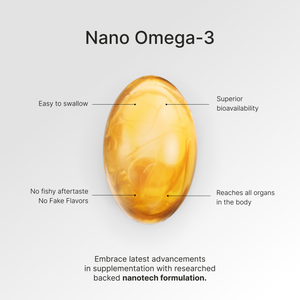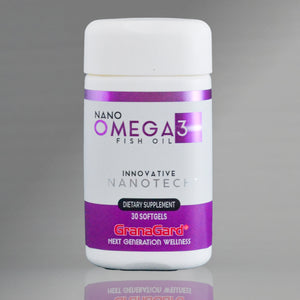Atherosclerosis: Causes, Effects, and Prevention
About half of Americans over the age of 45 have atherosclerosis and do not know it. In the country, diseases related to atherosclerosis are the leading cause of death. Atherosclerosis is a disease in which plaque forms inside the arteries. The plaque is made up of fats, cholesterol, calcium, and other substances found in the blood. Over time, the plaque hardens and narrows the arteries, which limits the flow of oxygen-rich blood to the organs and other parts of the body. Atherosclerosis can affect most of the body's arteries, including the arteries of the heart, brain, arms, legs, pelvis, and kidneys.
Understanding Endothelial Dysfunction and Oxidative Stress
The arteries are lined on the inside by a very thin layer of cells, known as the endothelium, which performs very important functions such as regulating our blood pressure and maintaining normal blood flow. Under certain circumstances, the endothelium starts to function poorly, which is known as Endothelial Dysfunction. Among the causes that can precipitate this dysfunction are, among others: Oxidative Stress.
Mechanisms of Atherosclerosis Progression
Cells have the ability to respond to stimuli to which they are subjected. In an endothelial cell, such a stimulus can be the mechanical energy of the turbulence and friction forces generated by the blood flow of the vessels, arteries, and veins; often the cellular response can be of a pathological nature. The nature of the endothelium is highly heterogeneous because each endothelial cell will respond according to the specific stimulus to which it is subjected.
Role of Antioxidants in Atherosclerosis Prevention
When endothelial cells lose their regulatory capacity in the face of chronic aggression, it is called Endothelial Dysfunction. In the areas where an atheroma plaque will develop, endothelial cells are activated to a pro-inflammatory state. The inflammatory response begins with a state of ischemia-reperfusion and edema, which favor nutrition in a non-aerobic environment to produce energy but promote the generation of more free radicals at the site.
Benefits of Omega-3 and Omega-5 Fatty Acids
Omega-3 and omega-5 fatty acids are essential for cardiovascular health. These healthy fats help reduce inflammation, improve blood flow, and promote overall heart health. Incorporating foods rich in omega-3 and omega-5, such as fatty fish, nuts, and seeds, into your diet can help prevent atherosclerosis and its progression.
Conclusion
Atherosclerosis is a major cause of morbidity and mortality in the developed world. Due to the fact that free radicals and the generation of oxidized LDL cholesterol are the main contributors to the progression of atherosclerosis, dietary antioxidant supplements represent a good strategy to prevent the progression of the disease. The mechanisms through which antioxidants would help in the prevention or slowing of atherosclerosis are several: the inhibition of the oxidation of LDL cholesterol, the reduction of the free radicals that are generated, the inhibition of the secretion of inflammatory cytokines, the prevention of the formation of atherosclerotic plaque and platelet aggregation, the prevention of the infiltration of mononuclear cells, the improvement of endothelial dysfunction and vasodilation, among others. Against atherosclerosis, the best strategy is to prevent it. Eliminating harmful habits (smoking, alcohol, sedentary lifestyle) along with improving the quality of the daily diet by supplementing it with a potent nano-formulated antioxidant like GranaGard® is the best option.





